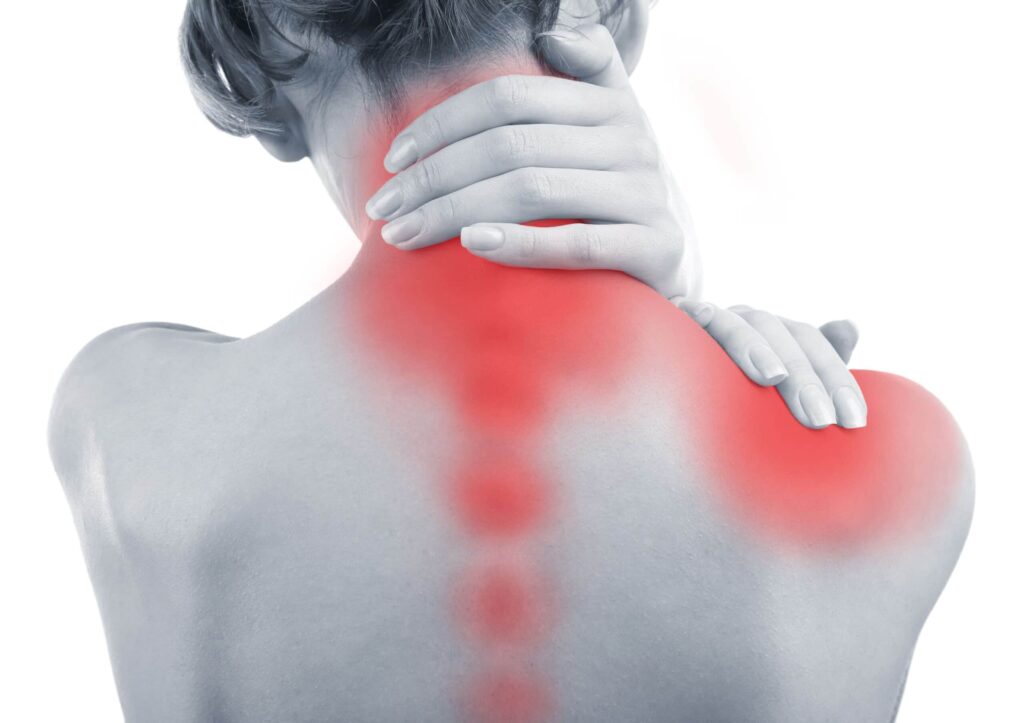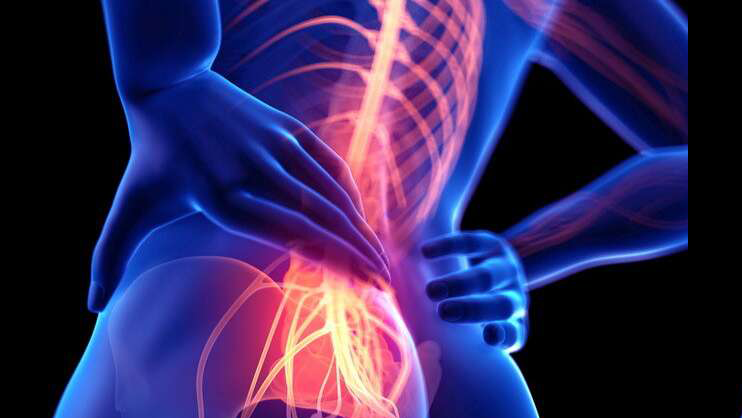When your back hurts, all you want is for the chronic pain to go away. You might also desire fast and long-lasting relief from your persistent back pain. Chronic pain home remedies combined with specific therapies are the most efficient method for alleviating discomfort in this situation. Here, we’ll go through the different kinds of back pain, the best ways to manage them, and the signs that indicate you might require medical attention.
Why does my back hurt in different ways?
Back pain can be either acute (sudden) or chronic (ongoing). What separates these two forms of back pain is how long each type lasts. Although pain in the lower back is one of the most prevalent complaints we address at Chronic Therapy, it can occur in any part of the back.
Acute Pain in the Back
Mild to severe back pain that has lasted less than six weeks is considered acute. Acute pain, the kind you would experience after a fall or a particularly strenuous workout, usually resolves on its own after a few days. Example of acute back pain are soreness that subsides after a week or two of shovelling the driveway.
The Chronic Pain
The long-term back discomfort, lasting more than six weeks, is considered chronic. The discomfort in your back might have developed gradually over the course of several weeks, and its reason could be unknown. Treating chronic back pain is usually necessary for recovery.

What factors contribute to the development of chronic pain?
Muscle deconditioning, poor posture, excessive usage of muscles, injury, age, and heredity can all contribute to persistent back pain. Furthermore, there is typically not a single trigger for chronic back pain. There are probably a number of factors at play here that are all combining to make you uncomfortable.
Maybe you have no idea what’s causing your back discomfort, and that’s fine! To treat back pain, it is not required to determine its origin. It doesn’t matter what’s causing your back pain; you can get relief from common home cures and other therapies.
Indicators of why you could be experiencing a Chronic pain in your back
You aren’t alone in puzzling about the source of your lower back pain. Potentially the most frequent form of pain experienced by Australian people is lower back pain. Lower back discomfort, like other forms of back pain, can be caused by a variety of factors, such as muscular strain, herniated discs, repetitive movements, and poor posture. Low back discomfort is common among the overweight, those who lead a sedentary lifestyle, and those who frequently carry heavy things.
Methods for Relieving Chronic Back Pain
To alleviate back pain, one can choose between short-term and long-term remedies. A temporary patch, short-term therapies assist you cope with your pain for a certain amount of time but the pain always comes back. Treatments for chronic back pain aim should be to reduce the symptoms permanently.
Treatment of back pain with heat and cold
A combination of heat and cold treatments might be quite helpful. Muscle discomfort, for instance, can be alleviated with the use of cold treatment immediately following exercise. In order to speed up the recovery process, moving to heat treatment after 24 hours might be beneficial.
Relieving back pain with massage
Expert massage therapy from a back doctor may do wonders for easing soreness and stiffness. The momentary increase in mobility might help you get through the day with less discomfort.
Physiotherapy Chronic Pain Treatment
Regaining mobility and strength is a primary goal of physical therapy. Back pain can be alleviated by strengthening the muscles that support your spine. If you’re experiencing discomfort and would like to be able to go about your daily life again, physical therapy may be able to assist. The good news is that physical therapists can assist with both acute and chronic back pain. To alleviate your discomfort, they will lead you through targeted physical therapy exercises.
When it comes to relieving back pain, physical therapy is frequently the most effective method. The discomfort in your back may go away if you strengthen your muscles and figure out how to go about your everyday life without putting undue stress on your back. Back pain physical therapy programmes usually last for six weeks, however many patients see improvement after just one session.

Physical Methods for Chronic Pain Treatment
Manual therapy is a subset of physiotherapy that makes use of hands-on techniques, much like massage. Manual therapy, which also goes by the name “hands-on treatment,” involves the manipulation of your muscles and joints. Your mobility and bodily capabilities will both increase as a result. Manual therapy may be thought of as a more focused and deliberate kind of massage.
Some Extensive Chronic Pain Symptoms Often Necessitates Surgical Intervention.
As a rule, back surgery is only suggested after other, less invasive methods of treatment have failed to alleviate the patient’s symptoms. Herniated discs, degenerative disc disease, spine traumas, and extreme low back pain are all treatable with surgery on the back. Under the correct conditions, back surgery can provide long-term relief from persistent back pain.
Home Care Chronic Pain Treatment
Combining medical care with alternative methods might be helpful for dealing with back pain. There are a number of home remedies for relieving back pain, preventing back injuries, and enhancing general spine health. Here are some adjustments we think you need to be make:
- You should be careful about the foods you eat.
Maintaining a healthy weight implies less work for your spine and back muscles. Inflammation is linked to pain, and both trans fats and processed diets contribute to this condition. Consuming a diet rich in natural, nutrient-dense foods may help alleviate back pain in more ways than one. Pain in the back may be alleviated by eating foods that reduce inflammation, such as fruits, vegetables, whole grains, nuts, and seafood.
- Calm your nerves
Tension in the neck, shoulders, and back is a common response to stress. Stress causes back pain in the long run. Use the methods you know that works to help you relax when you’re feeling stressed.
- Get a good night’s rest
If you suffer from back discomfort, trying sleeping for at least eight hours a night. Some people get relief from chronic back pain when sleeping in certain postures. You can relieve strain on your spine and feel more comfortable by sleeping on your side in the foetal position, on your side with a cushion between your knees, or on your stomach with a pillow under your pelvis.
Get in the habit of keeping track of how many hours of quality sleep you’re receiving each night. Instead of lying in bed all night tossing and turning, get up and take a short stroll if you find yourself awake. Then get back into bed and see if it helps.
For more information on chronic pain symptoms, chronic pain resources or effective chronic pain management options, you should book a consultation session with a specialist at Chronic Therapy today, to give you professional advice that will suit your personal experience.

